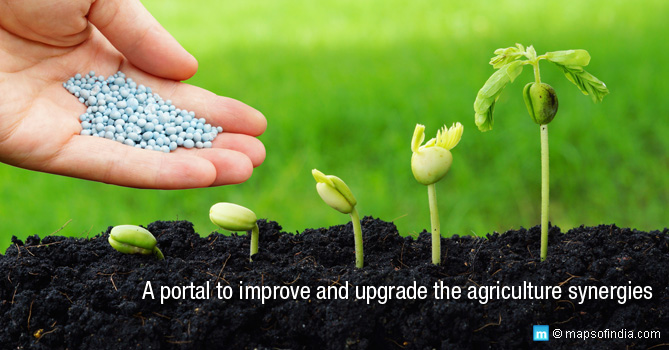According to the Statista research department, nearly 60% of the majority of the population is engaged in agriculture and cannot be underestimated. Day-by-day, agricultural demands are rising. The demand depends primarily on income growth and test patterns since population growth plays a moderate role compared to earlier periods. Domestic demand brings agricultural diversification in India. The significant impact of rapid income growth was on the domestic market, leading to demand diversification substantially.
The 1980s and 1990s registered a much-increased growth of Agro-based consumption in the Indian demand basket. Per capita consumption of sugar went up from 6.2 in 1975 to 76 to 14.9 kgs per year. That level was accelerated in comparable countries and enhanced in countries with levels of per capita income. Also, there was a very rapid increase in the consumption of non-crop-based commodities like eggs and milk. Egg Consumption per capita went from 15 to 30 per year in 1975-98. During this period, India also became the largest producer of milk in the world.
A higher growth performance drove in expansion and diversification of the consumption basket since the 1980s. The Agro-based items of consumption are essential in the demand baskets of different income groups. These consumer items are not for elite consumption alone. As people are far better off, they eat more eggs, drink more milk and eat vegetables, fruits and cheese. This has happened in the 90s, and by now, this diversification of the food basket is well known.
However, the underlying long-term trends are the growth of agricultural demand and diversification of the demand basket, with non-food grains growing faster than greens and non-crop-based agriculture like animal husbandry growing even quicker. Moreover, within crops, demand for tree crops grows faster; these trends have shown themselves again in the recovery of the agricultural economy in the period 4/05 to 07/08.
Growth of the economy and urbanisation patterns vary between rural and urban areas income distribution since the rich intake differently than the poor and population growth.
It is possible to increase the demand for grains, sugar and edible oil by transferring income to the lower class families but keeping the exact total or average income level. Thus, the Indian tradition of food demand is strongly determined by income distribution, poverty and food security considerations.
The deserving must get food free. The planning commission seems to suggest some market elements, which is wrong; it will frighten away the worthy, and market logic can be carried too far.
The commission talks of need; it must operationalise that as the prospects for Indian agriculture are good. Demand will grow fast. If we create the correct incentive and organisation system, the Indian farmers will not fail us.




